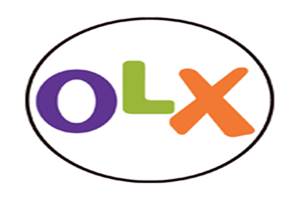Indian homes are estimated to have
over Rs 78,300 crore worth of used goods like clothing,
utensils and books, a study by used goods marketplace OLX said
today.
According to the third edition of ‘Consumer Research on
Used Goods and Selling Trends (CRUST) Survey 2015-16’, the
estimated market for used goods was about Rs 56,200 crore.
In its first survey in 2013-14, OLX had coined the term
‘Brown Money’ to represent the value locked in unused goods
gathering dust in homes.
[related-post]
The report prepared by OLX and market research firm IMRB
found that on an average, every Indian household is stocking
12 clothing items, 14 kitchen utensils, 11 books, 7 kitchen
appliances, 2 mobile phones and 3 watches.
South India leads other regions on stocking, while among
cities, Chandigarh and Kochi at 98 per cent lead the stocking
chart.
Delhi and Bengaluru followed closely at 97 per cent
stocking incidence, while Chennai and Patna were at 74 per
cent each and Bhubaneswar at 66 per cent.
“India has a 90 per cent stocking incidence rate, up 3
per cent from the last year,” it said.
On the flipside, selling of goods has 49 per cent
incidence rate in India, up 4 per cent from last year.
About 68 per cent respondents said desire to upgrade was
the primary reason for them to sell used goods, while 27 per
cent cited ‘boredom’ as a factor, especially for mobile phones.
“The emergence of consumer-to-consumer (C2C) online
classifieds in the country has led to greater awareness about
used goods.
A few years ago people didn’t actively think about
unused goods and stocking but now they do.
That’s the primary reason why we see stocking figures moving up. Consumerism is
another reason why stocking is increasing despite selling
rising,” OLX India CEO Amarjit Singh Batra said.
Mobile phones emerged as the most bought category among
used goods as both price and quality of the product are most
sought after pieces of information by sellers.
Buying from shops/dealers and directly from friends and family continues
to be the most important channel.
CRUST includes inputs from across 16 cities covering
metros as well as tier I and II cities like Patna, Guwahati,
Ahmedabad, Lucknow, Jaipur, Chandigarh, Indore, Kochi,
Bhubaneswar and Pune.
